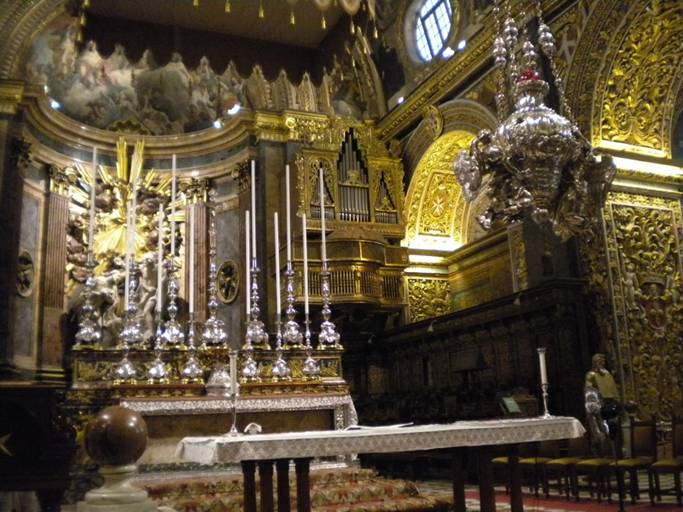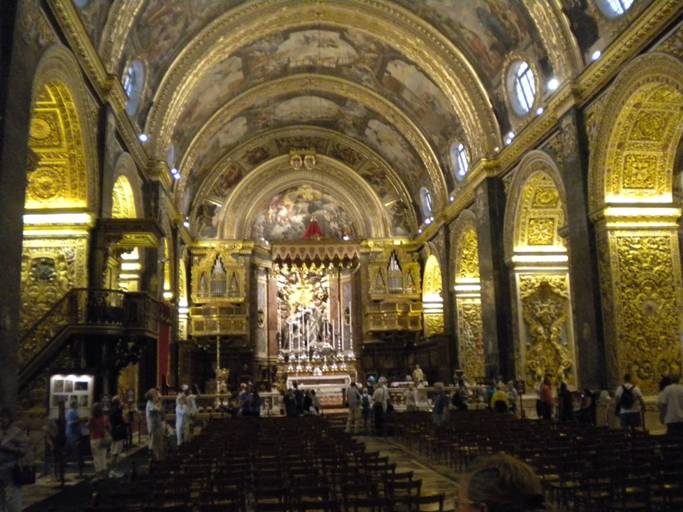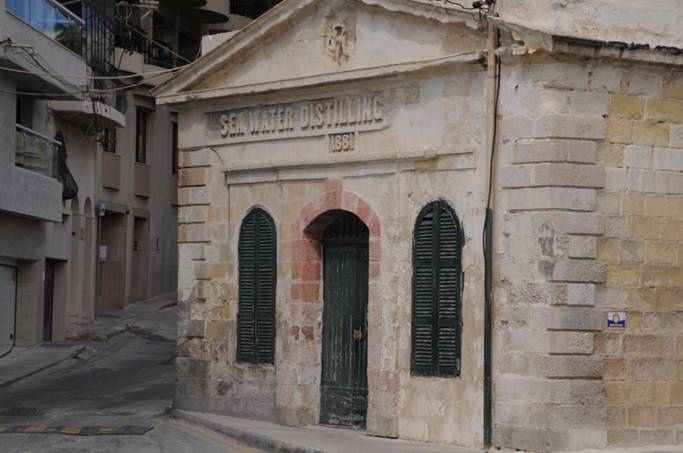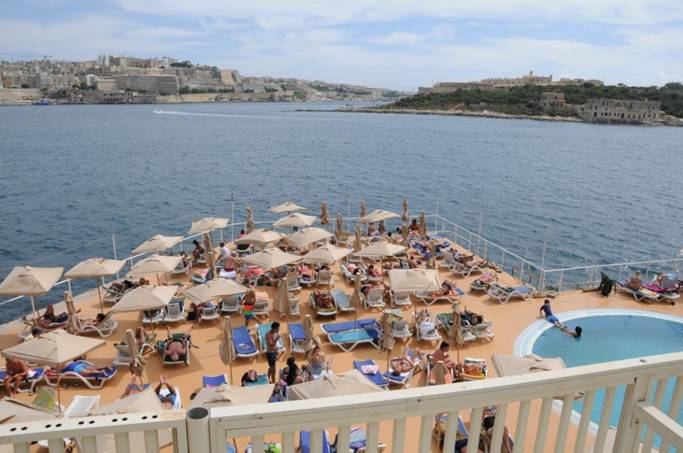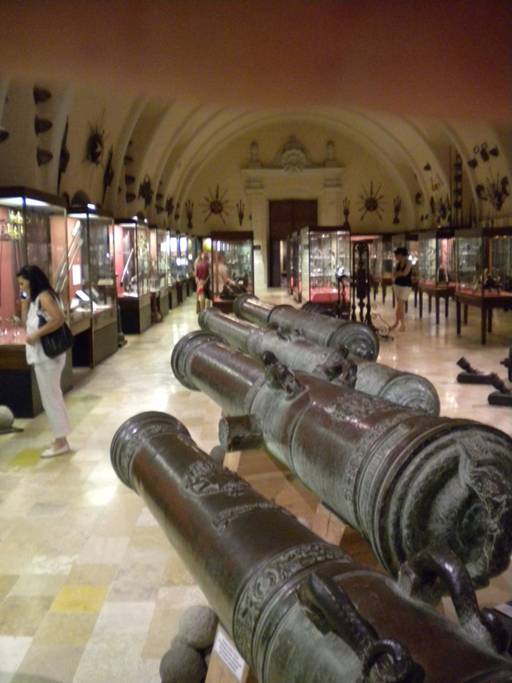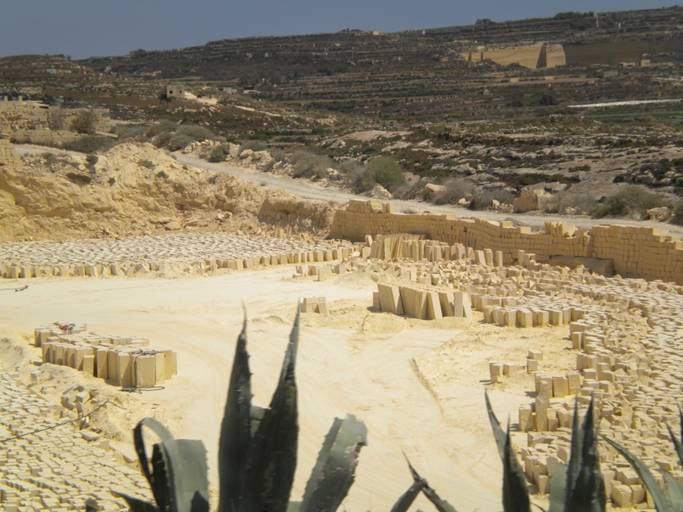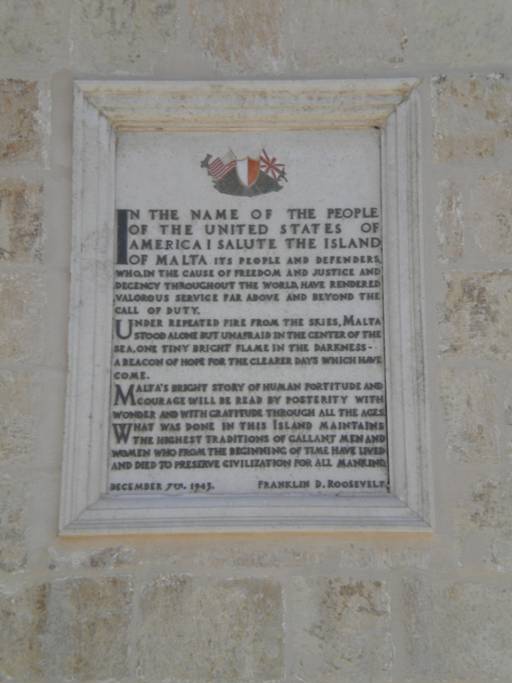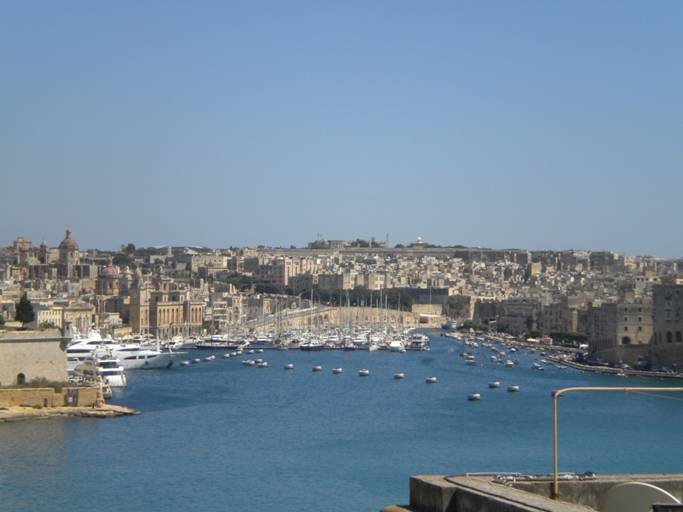Malta the Lego Land of construction

So what is Malta like. This time of year it is getting quite warm with no rain and tourist starting to come over. Malta’s main port/city is Valletta which was created by the Knights . Valletta has one of the best natural harbors in the Med. No dredging required since it is steep sided valley that were flooded during the melt of the last Ice Age. 14,000 years ago Malta was connected to Sicily but as the ice melted and the seas rose and the bridge between the two island submerged The local people had to move inland with the rising seas and created pressure on the remaining land. The flooding the valleys however created new harbors with several indentations to provide protected areas from the prevailing northwest winds in the summer. One large breakwater was added to give Grand Harbor great protection from those northwest winds. The ancient folks found a good supply of limestone to which they built their temples and houses. Over the years the population continued to quarry the stone for most of their building needs. So everywhere things are built of “Legos”. Basically it is a simple method of stacking rectangular stones to create what you want. A little mortar and a chisel is all that is required. Simple, cheap, and easy but the next earthquake will level this place as it has in the past. Malta has some of the oldest freestanding structures still in place, built between 4,000 – 3,000 BC. These early temples predate the great pyramids and took ingenious methods to move the large stones across the land. It seems that they used round balls as ball bearing to roll the stones over land. Like primitive wheels in concept without the need to attach them to the stone. When these temples were re-discovered a few hundred years ago they thought the creators must have been giants to be able to move such large rocks. The Romans annexed the islands in 218 BC as part of the Second Punic War. In 60 AD St Paul was shipwrecked on Malta and brought Christianity to the islands. In 870 the Arabs conquer Malta and in 1090 the Roger the Norman, ruler of Sicily takes Malta. Then the Germans as part of the Hohenstaufen empire in 1194. Then more Sicilians, French, Muslims take over. By the 1500’s it is little more than an island with 20,000 inhabitants. In 1530 Emperor Charles V of Spain grants the Maltese islands to the Knight of St John of Jerusalem who were kicked out of Turkey and Greece (Rhodes). The Knights were formed long before Malta. The order was established in 1085 as a community of monks responsible for looking after the sick at the hospital of St John in Jerusalem. Later they became a military order defending the crusader territory in the Holy Lands. The Knights were composed of members of wealthy families recruited into the order and did some privateering (pirates with the backing of a government) to help increase the wealth. In 1522 they were kicked out of Rhodes by the Turks (along with their base in Bodrum Turkey)). So Malta became the new home for the next 268 years. The Order was ruled by a Grand Master who was only answerable to the Pope. In 1565 the Great Siege was a huge showdown between Christians and Muslims. Suleiman the Magnificent wanted to eliminate those “sons of dogs” so he sent 180 ships with 40,000 men to take on the 9,000 Knights. The first battle was for the Fort St Elmo which the Turks took but at a loss of 8,000 men versus 1,500 Christians. Horrible atrocities we done to both sides remaining people. The next fort was attacked and the Turks lost 2,500 men in one day. Sicily sent some help for the Knights but it was counter espionage that convinced the Turks that more troops were coming to the aid of the Knights and they left. This victory and another at Lepanto in 1571 stopped the advance of the Ottomans westward. After the Siege the Knight founded Valletta (Named after the Grand Master). Much building of fortifications and of course the cathedral were accomplished. However, without further attacks the Knights fell complacent and became corrupt raiding ships in the sea for funding. So when Napoleon came along in 1798 he took Malta without a fight. Four years later the Order was restored to Malta but the locals fought it and sought British help. During WWII Malta was recognized as a strategic place to occupy. It was heavily bombed by the Germans and its air force of three bi-planes (Gloster Gladiators) was no match for the Messerschmitt. But they hung on through the huge pounding. One plane remains and is in the museum. After 160 years of British rule Malta became independent, joined the EU and uses the Euro as their currency. Nearly everyone speaks English as a result and most things British can be found on the islands. Today the Knights still exist with 11,000 members. Of course they are not privateering anymore but do provide help to the sick and keep the good traditions of the Order in place. I have no idea why but there seems to be fireworks every night and even during the day around Valletta. Maybe it was the celebration of the beginning of summer but still huge displays all the time.
Looking pretty good for being thousands of years old. This is one of the temples.
Inside the Cathedral of St John. The ornate interior was not originally part of the Cathedral but as the wealthy Knights wanted their presence known the added expensive items. Now there are 400 knights buried here.
Another view of the main hall
One of the many pictures on the walls. Some of the most famous artists and sculptures created works for the cathedral.
Part of the Grand Masters Palace which is now a government building for the President
Freshwater is hard to find so distillation plants were built and now supply over half the water. The island of Gozo has more water and as a result produces more food stock. The British added aqueducts to supply water to the towns.
Why would you pay to come to Malta and lounge like this along a road. But it has its patrons. That is Valletta in the background. To the right is Manoel Island where the marina is located on the far side.
I think this woman is in the line of fire. But she is oblivious with an important phone call.
Birthplace of all the Lego building blocks. Several quarries are used since they have different hardness. The exterior is hard limestone to use in the construction while softer limestone is use to carve decorations for the interior. That is an Agave plant in the front.
On the Island of Gozo this is Fungus Rock, in the middle and looking like part of the mainland.. On this rock grew a mushroom that had medicinal attributes that were highly prized. It became a guarded island as a result and the British made it illegal to take the plant.
The inland sea from which these small fishing boats pass out to the sea through the tunnel at the left.
From President Roosevelt after WWII honoring the island people for their fortitude during the war. Having seen the island firsthand and what it takes to live without bombing, I also admired their fortitude. Who knew that the Knights built something that would help withstand attacks hundreds of years later.
Grand harbor today with sailing yachts and super yachts berthed. Those are mooring buoys in the middle that are used to tie the bow lines to when berthed. |

